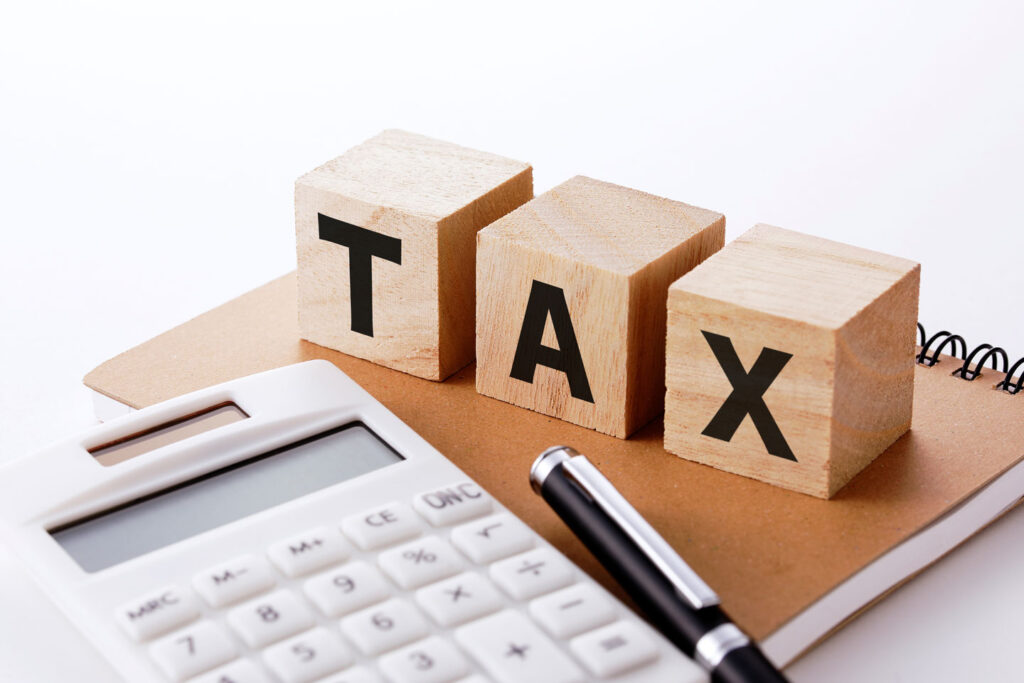How Are Taxes Calculated?
How Are Taxes Calculated?

Measure 5 Tax Limitation
The Oregon Constitution says how much property tax each property can pay. These are sometimes called the “Measure 5 limits.”
Property taxes are split into two groups based on what they are for. The groups are:
| Education | $5 for every $1000 of RMV |
| General Government | $10 for every $1000 of RMV |
RMV means the real market value of the property, not the “taxable assessed value.”
Some taxes, usually for bonds, do not have a limit.
If the taxes in either group are more than the limit for that property, the taxes are lowered or “compressed” until they reach the limit.
Taxes that people voted for are compressed first. If those taxes are compressed to zero, and the limit is still not reached, the other taxes in the group are lowered by the same percentage.
Measure 50 Valuation
Measure 50 rolled back the 1997–98 assessed (taxable) value of each property to 90% of its 1995–96 value. This is known as Maximum Assessed Value (MAV). Adjustments to MAV are made for items such as new construction.
Key facts:
Limits future growth on maximum assessed value to 3% annually, unless it exceeds the real market value.
Taxes are based on the lower of real market value (RMV) or maximum assessed value (MAV), which is known as assessed value (AV).
Exceptions to the 3% cap are for items such as new construction, remodeling, new subdivisions, and rezoning which may increase assessed value and taxes more than 3%.
AV can also increase more than 3% when Real Market Value is less than Maximum Assessed Value and market values are increasing.
Measure 50 replaced most tax levies with permanent rates.
Allows voters to approve new short-term local option levies to fund additional services or approve bond measures for capital improvements. These are outside the permanent rate limits and need to be approved at a general election or an election with at least a 50% turnout (double majority).
Under Measure 50, the county assessor computes tax rates for local option levies, bond levies, and urban renewal special levies, and then adds those rates to the permanent rates to compute the total rate to be extended to a property. The tax extended to a property is the total tax rate multiplied by the assessed value of the property.
Exceptions
For new properties, assessed value is calculated by multiplying the change property ratio of assessed to real market value for similar property in the county by that property’s real market value. For example, if the ratio of assessed to real market value for residential property in each county is 0.8, then the assessed value for a new house would be 80 percent of its real market value. The purpose of the Changed Property Ratio (CPR) is to provide new property with the same benefit as existing property under Measure 50.
